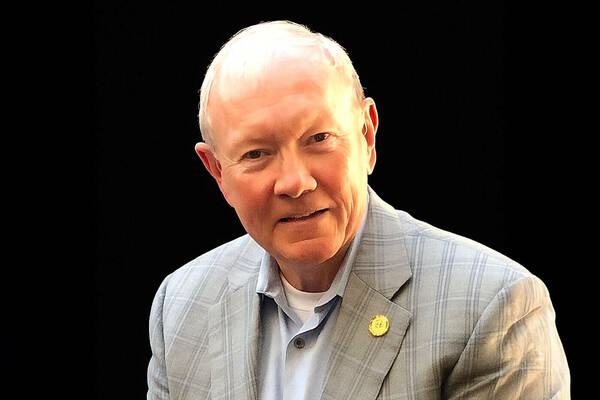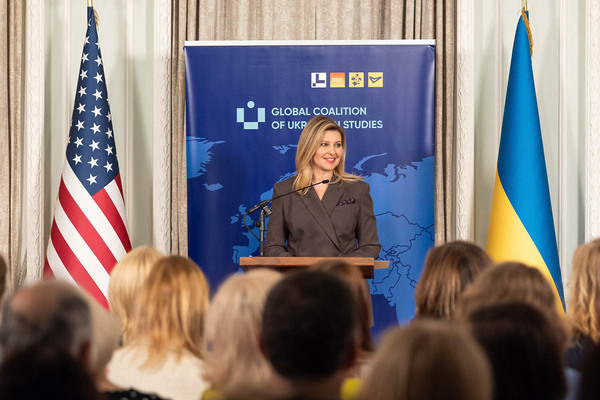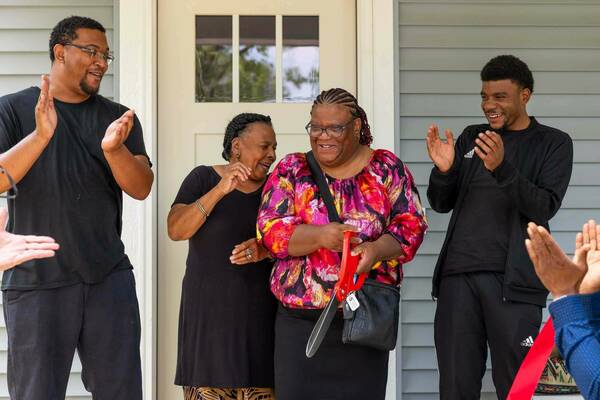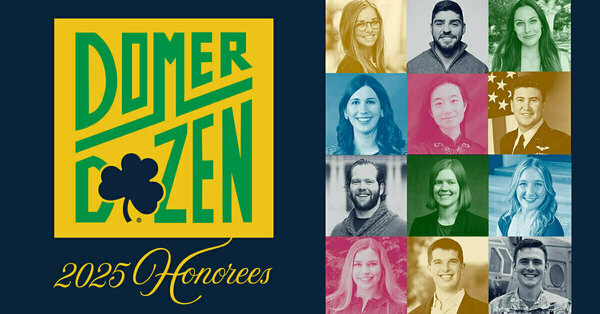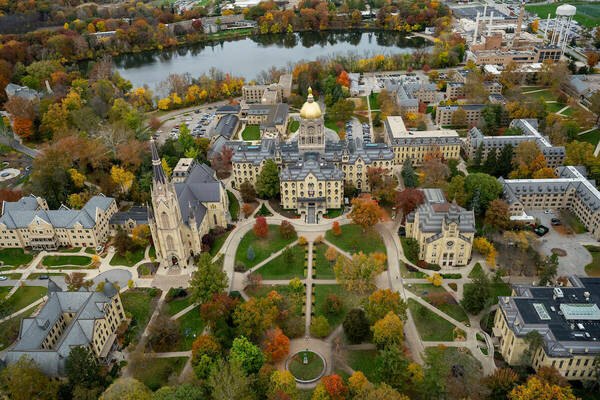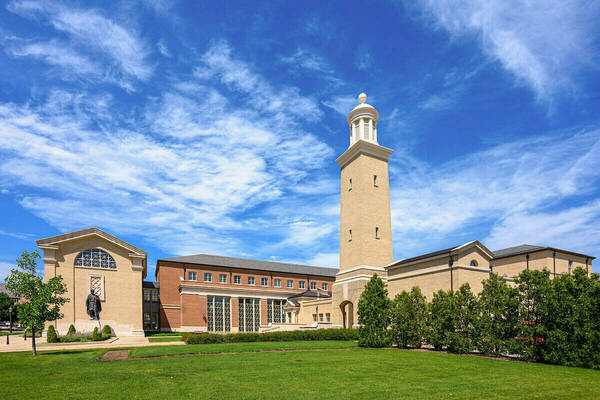With NSF grant, research team to develop spectrum sharing testbed
Researchers at the University of Notre Dame have been awarded a three-year, $1.5 million grant from the U.S. National Science Foundation (NSF) to develop a data platform to enable measurements and experiments in the electromagnetic spectrum. These measurements will contribute to academic and industry stakeholders’ research to drive spectrum-sharing policy in existing bands, such as 3-4 GHz, as well as potential new bands, such as 7-8 GHz.
The award for the Spectrum Sharing Sandbox: A 6 GHz and Citizen Band Radio Service Data Platform for Advancing Spectrum Coexistence, otherwise known as S3, will be led by Monisha Ghosh, a professor in Notre Dame’s Department of Electrical Engineering and director of policy outreach for SpectrumX; Nick Laneman, professor of electrical engineering and director of SpectrumX, and co-director of Notre Dame’s Wireless Institute in the College of Engineering; and Jane Livingston, vice president for information technology and chief information officer at the University of Notre Dame.
According to the award description from the NSF, “S3 will be a data platform that will enable measurements and experiments on deployed 6 GHz and CBRS networks, thus enabling the NSF Directorate for Computer and Information Science and Engineering community to develop a better understanding of how different types of sharing are performing in the real world.”
“It is a critical time for spectrum innovation and policy in the U.S., with an emphasis on sharing and coexistence in the mid-band frequency range,” Ghosh said. “The proposed testbed, S3, will enable in-depth studies of sharing in two mid-band frequency bands: the Citizens Broadband Radio Service band, 3.55-3.7 GHz, and the unlicensed but shared 6 GHz band. Experiments and data collected from S3 will be made available for the academic community to further research in spectrum sharing and coexistence. The lessons learned will inform dynamic spectrum sharing options in new bands such as 7.125-8.4 GHz.”
This award came just before the U.S. Department of Commerce’s National Telecommunications and Information’s announcement June 12 that it, the Department of the Navy and the Federal Communications Commission “have successfully collaborated to expand the unencumbered service area of a critical swatch of shared mid-band spectrum. Modifications to the aggregate interference model used in the 3.5 GHz band would allow the Citizens Broadband Radio Service, or CBRS, to provide uninterrupted access to mid-band spectrum that supports wireless Internet and other services approximately to 72 million more people.”
To learn more about S3, visit spectrumsharingsandbox.org.
Contact: Christina Clark, research communications specialist, Notre Dame Research, cclark26@nd.edu, 574-631-2665, spectrumx.org
Latest ND NewsWire
- Gen. Martin Dempsey to speak at Notre Dame Forum event on ‘Hope, Global Stability and the Role of the United States’Gen. Martin Dempsey, the retired 18th chairman of the Joint Chiefs of Staff, will join University President Rev. Robert A. Dowd, C.S.C., for a fireside chat at 4 p.m. Friday (Oct. 10), as part of the 2025-26 Notre Dame Forum. The discussion, titled “Hope, Global Stability and the Role of the United States,” is part of the exploration of this year’s Notre Dame Forum theme, “Cultivating Hope.” It will take place in Rooms 215/216 of McKenna Hall and will also be livestreamed. The event is free and open to the public.
- University of Notre Dame joins the Global Coalition of Ukrainian StudiesThe University of Notre Dame has joined the Global Coalition of Ukrainian Studies after signing a memorandum of cooperation, formalized Sept. 24, at the Ukrainian Institute of America in New York City. Notre Dame joined four other American institutions that were also publicly welcomed to the coalition at this event: Arizona State University, Columbia University, Manor College and the Shevchenko Scientific Society.
- One year later, Inauguration Build a ‘dream come true’ for Habitat familiesOne year later, work on Inauguration Build 2024 is complete, offering shelter and so much more to five local families.
- Alumni Association and YoungND honor 2025 Domer DozenThe Notre Dame Alumni Association announced its 2025 Domer Dozen cohort, honoring 12 graduates ages 32 and younger for excellence in their contributions in learning, service, faith and work — the core pillars of the association’s mission.
- Faculty receive prestigious early career awards from National Science FoundationDuring the 2024-25 academic year, four researchers in the University of Notre Dame’s Colleges of Engineering and Science received early-career awards from the National Science Foundation.
- Notre Dame School of Architecture poised for global leadership through historic investmentThe $150 million gift represents an unprecedented commitment in the 160-year history of American architectural education. In recognition of this landmark gift, the school will be renamed the Matthew and Joyce Walsh School of Architecture at Notre Dame.








